How To Raise A Confident, Well-Adjusted Cat
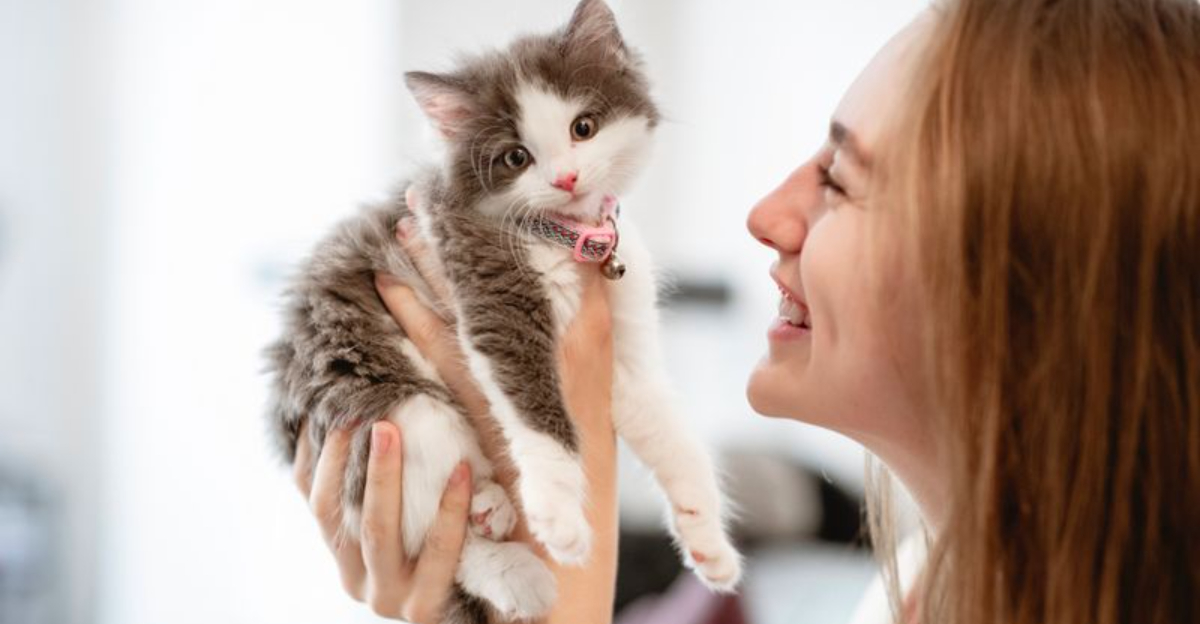
Ever wondered why some cats strut around like they own the place while others hide under the bed? The secret lies in how they’re raised!
Giving your feline friend the right start can make all the difference in their personality. These practical tips will help you nurture a happy, self-assured kitty who’s comfortable in their own fur.
Start socializing early
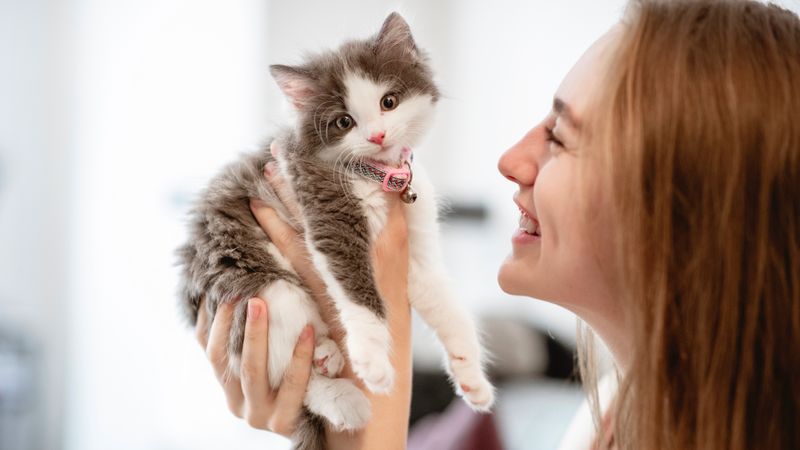
Kittens learn about the world during their first weeks of life. Gentle handling by different people helps them develop trust and confidence.
Introduce your kitten to various friendly humans, calm environments, and safe experiences. Consider it like kindergarten for cats – these early lessons shape their entire outlook on life!
Create a safe territory
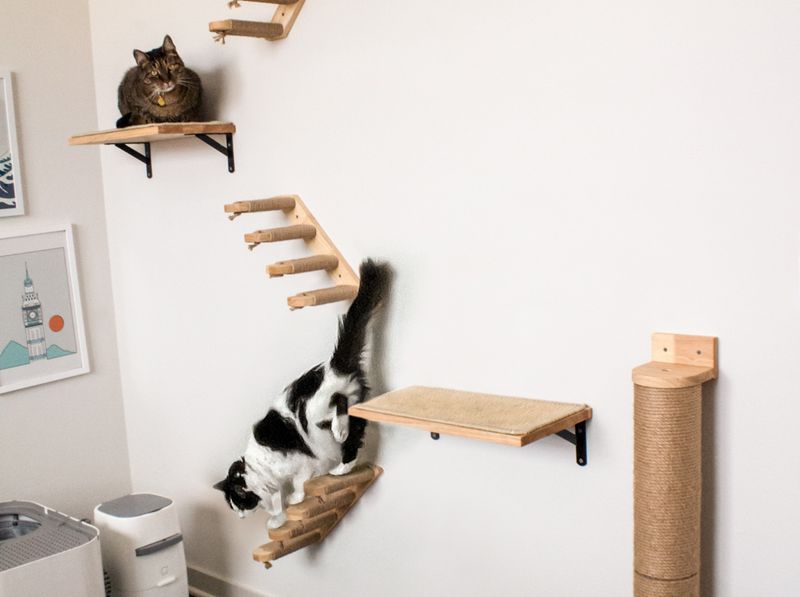
Territorial security forms the foundation of feline confidence. Set up cozy hiding spots, vertical spaces like cat trees, and quiet zones where your cat can retreat when feeling overwhelmed.
Remember, a cat who knows they have safe spaces will be braver about exploring the rest of your home. Think of it as their personal safety net!
Establish consistent routines

Cats thrive on predictability. Regular feeding times, play sessions, and even consistent greeting rituals help your feline friend feel secure in their environment.
When cats know what to expect, they worry less and feel more in control. Just like us, they appreciate knowing dinner will be served at 6 PM sharp!
Use positive reinforcement
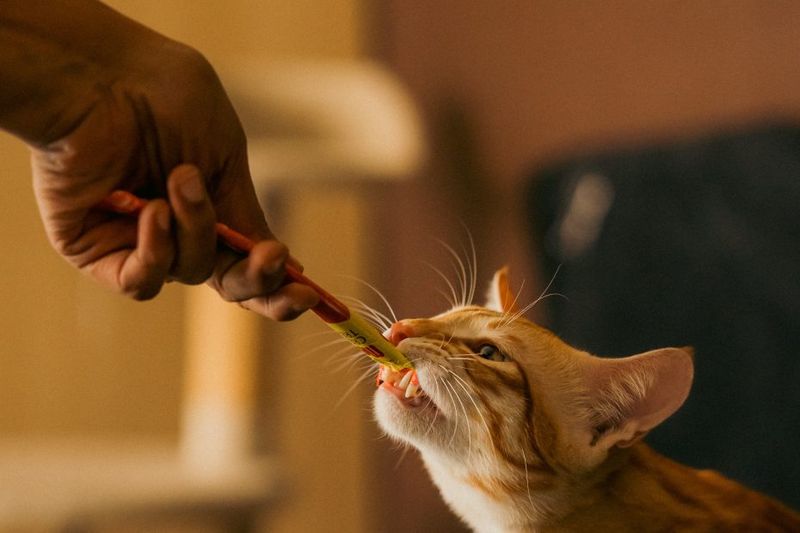
Forget punishment – it only creates fear. Instead, reward behaviors you want to see with treats, praise, or playtime. Your cat will associate good actions with happy outcomes.
This positive approach builds trust between you and your feline companion. Soon they’ll be confidently showing off their best behavior to earn those delicious rewards!
Provide mental stimulation
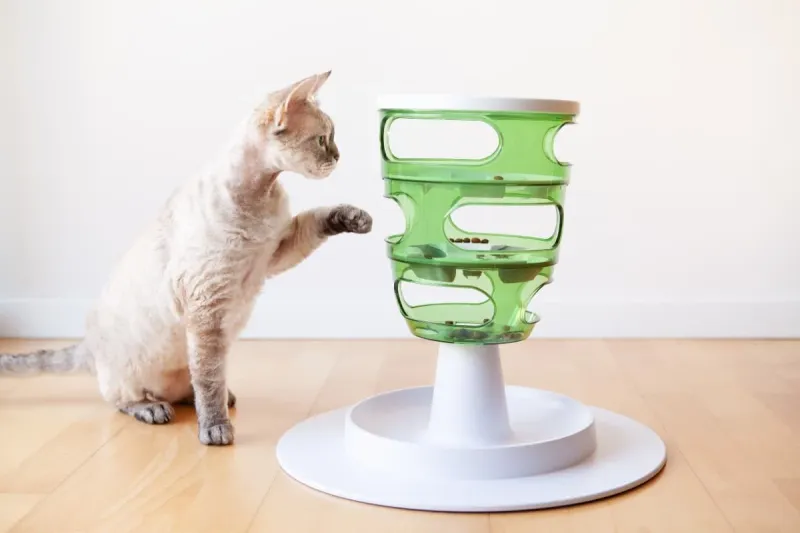
Bored cats often become anxious cats. Puzzle feeders, rotating toys, and new games keep their clever minds engaged and confident.
Learning to solve problems gives cats a sense of accomplishment. Even five minutes of interactive play daily makes a huge difference in your cat’s mental health. A stimulated cat is a happy cat!
Respect their independence
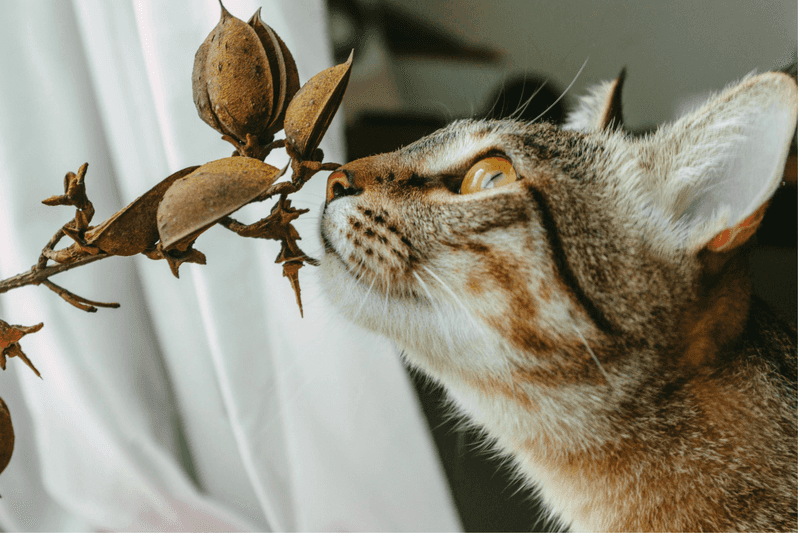
Forced cuddles create stressed cats. Let your feline friend choose when they want attention and when they need space.
This autonomy builds their confidence and strengthens your bond. Watch for subtle signals – a slowly blinking cat is sending kitty kisses, while a twitching tail means ‘not now.’ Respecting these boundaries shows you speak their language!
Introduce new experiences gradually

Sudden changes terrify most cats. Whether it’s a new home, carrier, or grooming routine, take baby steps. Start with short, positive exposures and gradually increase duration as your cat grows comfortable. For carrier training, leave it out with treats inside for weeks before a vet visit. Your patience creates a braver, more adaptable feline!
Schedule regular playtime
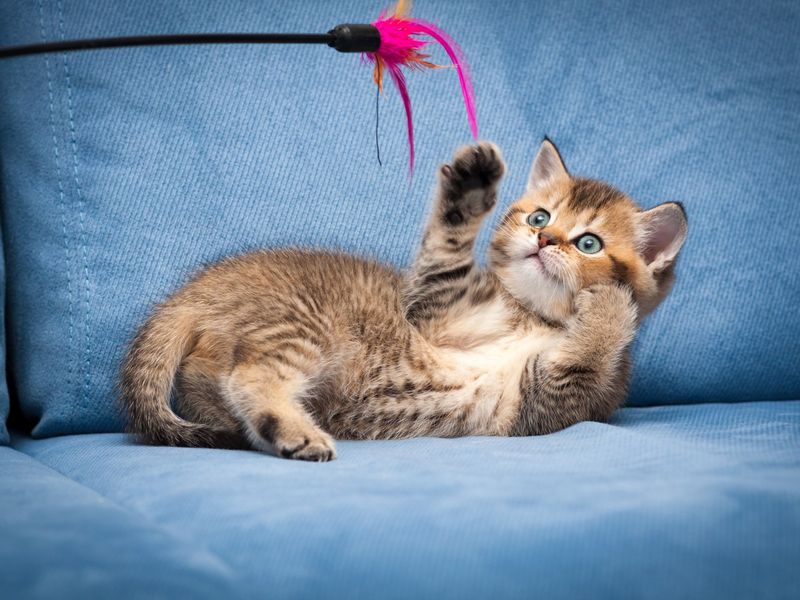
Play isn’t just fun – it’s essential therapy for cats! Chasing toys mimics hunting, fulfilling natural instincts and building physical confidence.
Interactive wand toys create bonding opportunities between you and your cat. A tired cat is typically a happy cat. Just 10-15 minutes of active play twice daily can transform an anxious kitty into a content companion!
Maintain health through preventative care
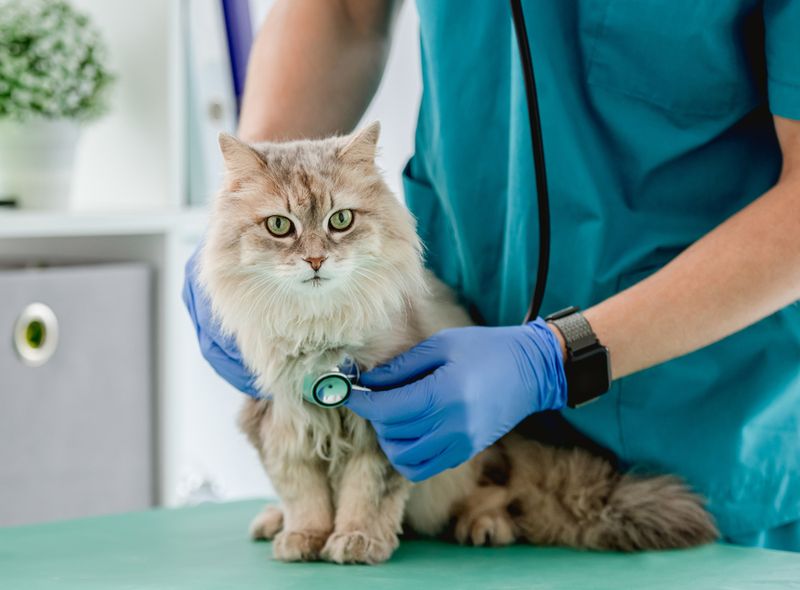
Regular vet visits catch problems early when they’re easier to treat. Healthy cats naturally feel more confident and secure.
Keep vaccinations current and establish a dental care routine from kittenhood. Finding a cat-friendly vet makes these experiences less stressful. Ask about practices that use feline-specific handling techniques and separate cat waiting areas!
Learn to speak cat language
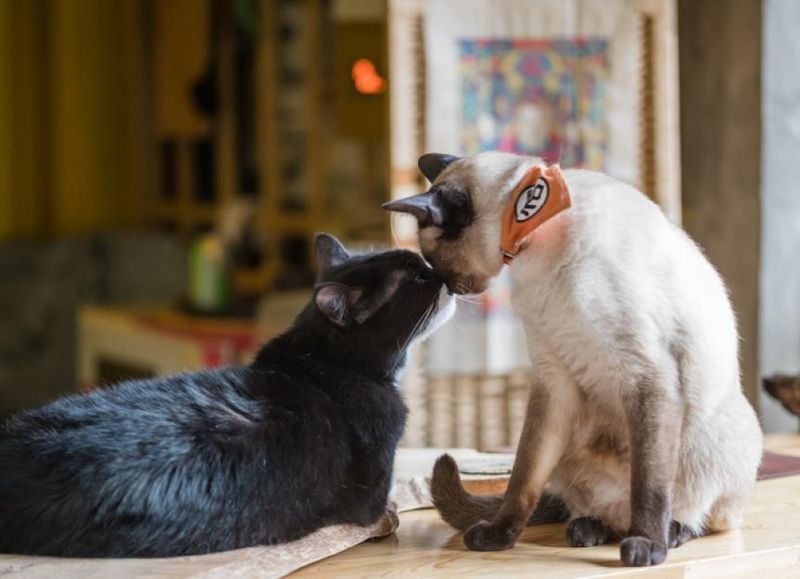
Cats communicate constantly through subtle body signals. Understanding these cues helps you respond appropriately to their needs.
A slow blink means ‘I trust you,’ while a puffed tail signals fear. Get down to their level when interacting. Direct eye contact feels threatening to cats, while looking away occasionally shows respect. Speaking their language builds their confidence in you!
Create multi-cat harmony
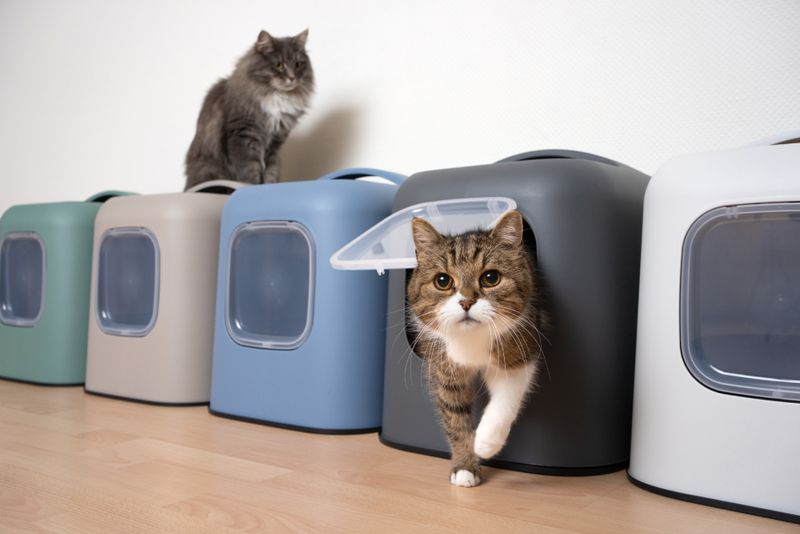
Having feline friends can boost confidence – if introduced properly! Provide multiple resources (litter boxes, food stations, perches) to prevent competition.
Each cat needs their own safe zone. Separate new cats initially, allowing scent exchanges before visual contact. Supervised positive interactions build lasting friendships. With patience, most cats can learn to enjoy companionship without stress!






